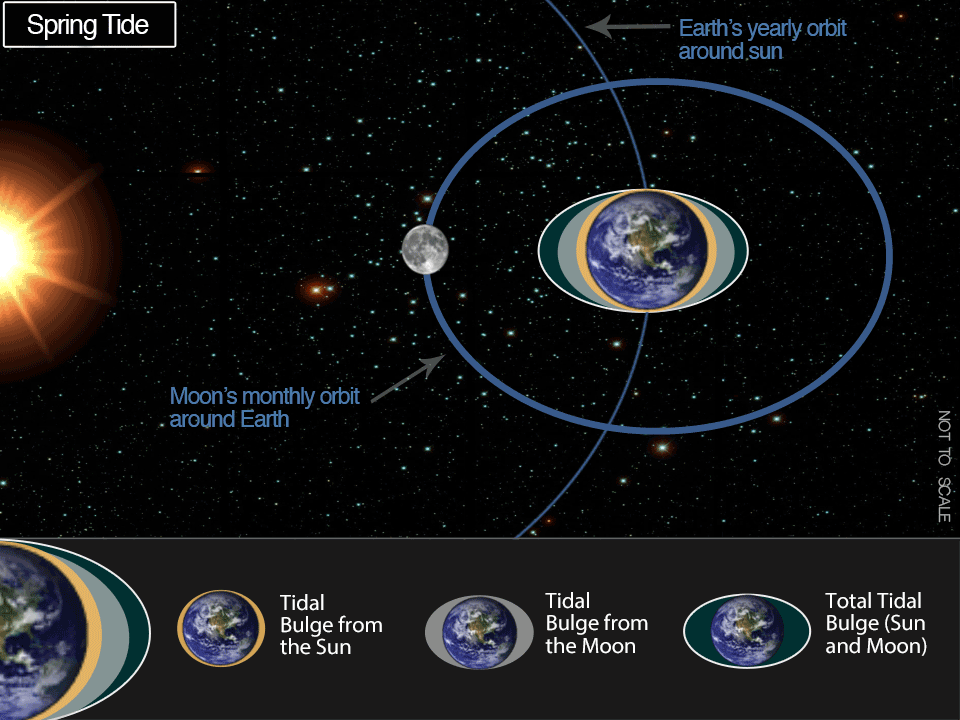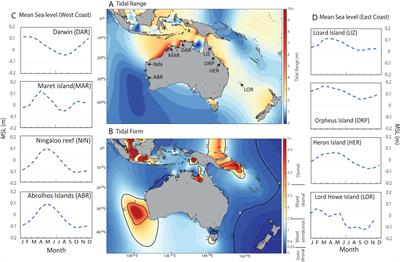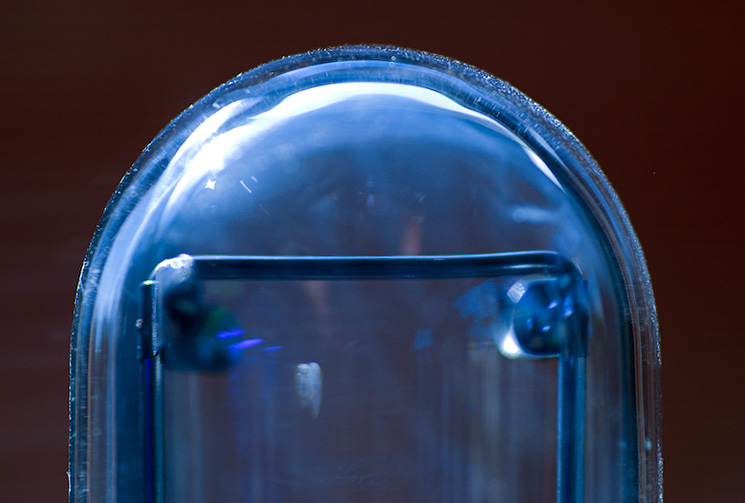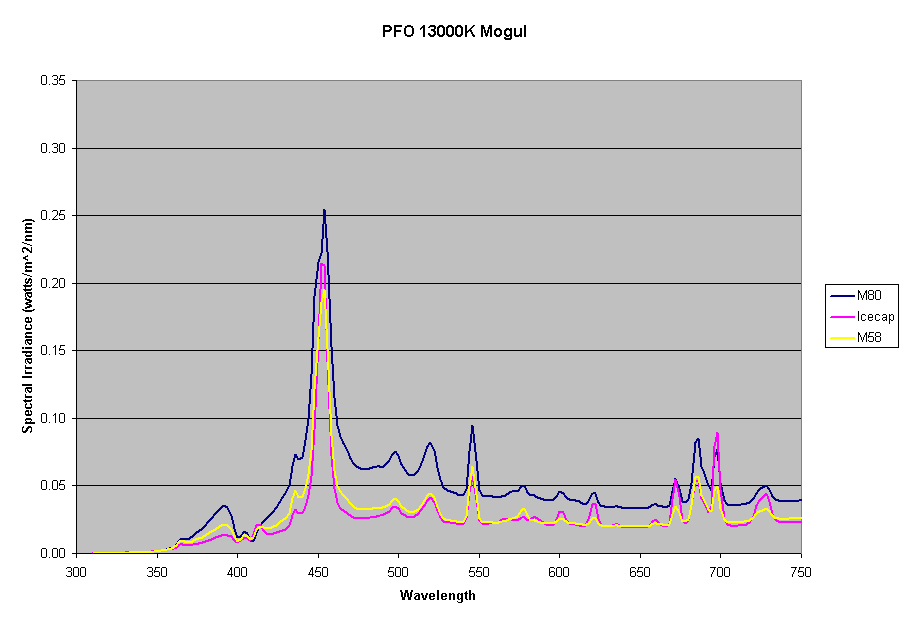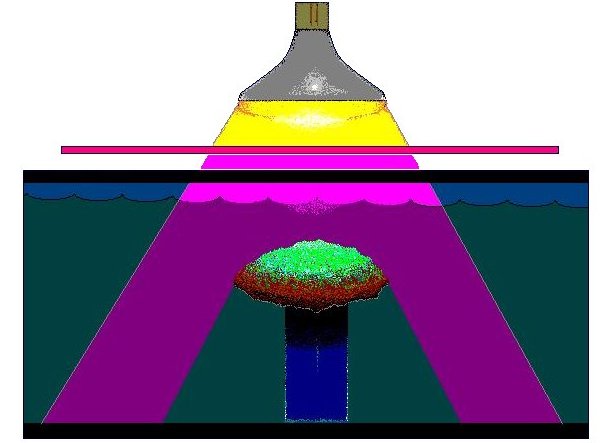Those would be great questions for @PSXerholic who independently tested the lamp and provided the data for analysis. From what was conveyed, a "HAMILTON CAYMAN SUN MOGUL METAL HALIDE SYSTEM," was utilized with a stock HGS250AG ballast and a new reflector system. But I can confirm that a DE bulb was used.My apologies if I missed this, but how did you test a double ended bulb in a Cayman Sun Mogul setup? Also, what ballast did you use? If you did not use a ANSI m80, can you please do this again? The spectrum changes with more power, not just the output.
Anybody who has seen Dr. Joshi's spectral plots from a few decades ago knows that UVB is not really even worth discussing - rounding error. These are still hosted and can be seen.
Will ask him for clarification and update if necessary.
The constructed plot utilized for spectral analysis is derived from data collected after the arc lamp heated the halides and the spectrum stabilized. As you may know, the spectrum shifts after the arc ignites in the discharge tube. So we collected data over the span of 23 hours, 43 minutes, and 21 seconds after the initial firing of the lamp.
I remember Sanjay's plots, but unfortunately, the site they're hosted on no longer loads the spectra when all fields are filled in. Would like to compare our data if it's possible. (III)
However, with respect to that UVB video going around, there are notable discrepancies between it, and a combination of our and others' data. Possible reasons could be the presence of UV-blocking material in the bulbs, or maybe even a different bulb chemistry. The video is not clear on the specifics of their setup.
Going by other's plots of Phoenix 14000K DE bulbs, there is an agreement in that the spectrum sharply tapers off near 350nm (UVA) and that the spectrum does not drastically shift between electronic and M80 ballasts. Thus, it may not be unusual for the UVB to measure so low. (I) (II)
(I)
(II)
(III)








